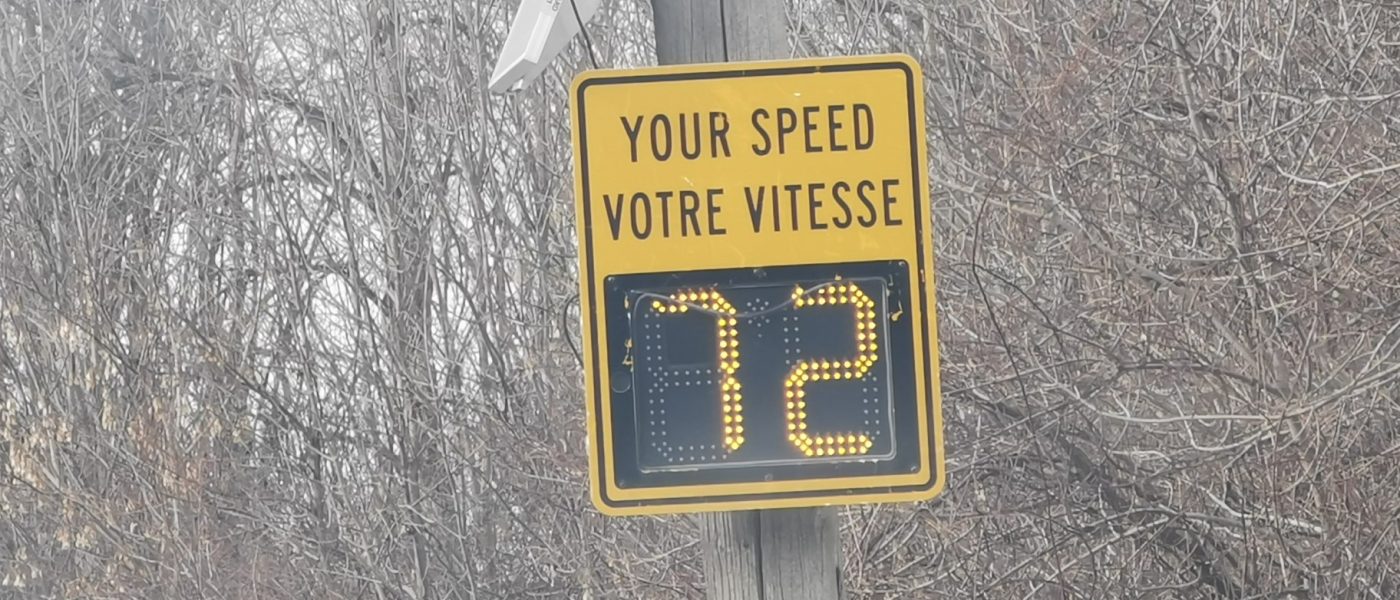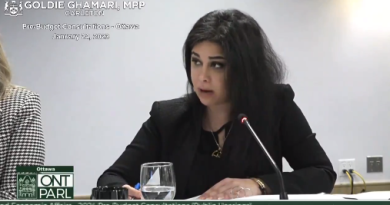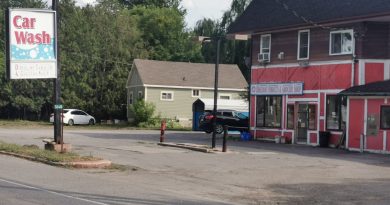Speed Cameras Will Help Speeding Problems in Manotick, Richmond
By David Brown, Rideau-Jock Councillor
With approximately 6,000km of roads, Ottawa’s transportation network is vast, particularly in rural Ottawa where cars are needed for daily life. Additionally, there are plenty of straight, two-lane, higher-speed roads with more distance between traffic lights, roundabouts, or stop signs in rural Ottawa. These factors mean that there is an increased risk of a serious collision happening in rural Ottawa – day or night.
As a result, rural Ottawa has the highest percentage of fatal collisions of all regions of the City, representing over one-third (37%) of all fatal collisions and only 9% of all reportable collisions in the City of Ottawa. Far too many of these fatal, preventable collisions have occurred in our ward.
Across Ontario, rural residents are at a far greater risk of getting into serious or fatal collisions, largely due to higher rates of speed. According to the Ontario Good Roads Association, in 2019, there were 428 traffic fatalities on municipal roads, of which 205 occurred in rural municipalities. Despite representing only 13.3% of the provincial population, rural Ontario accounted for 48% of traffic fatalities on municipal roads.
Speeding is a problem that plagues all areas of Ottawa. So much so that the City is investing $62 million this year to improve traffic and pedestrian safety, including $75,000 for each City Councillor to use towards Temporary Traffic Calming measures in their respective wards. Though investments are being made, much of rural Ottawa is being overlooked in a very important way.
You have likely seen, or at least heard of, the Automated Speed Enforcement (ASE) cameras that have been rolling out across Ottawa. These cameras are currently being placed near schools and playgrounds where children are most vulnerable; the revenues generated are used exclusively to fund improvements that make our roads safer. Data has shown that the presence of ASE has a positive impact on road safety and a 200 percent increase in compliance with the speed limit in Ottawa.
Our ward has received funding for a speed camera to be installed on Ottawa Street next to South Carleton High School in Richmond. I also fought successfully during the 2024 budget deliberations to have funding allocated to an ASE camera on Bridge Street in front of Manotick Public School.
However, progress has been far too slow in rolling out these cameras. Only eight of the sixty ASE locations that are existing or planned to be installed by the end of 2024 are in the Ottawa’s rural areas. This is far too low a number considering the scope and scale of the problem facing our communities due to speeding.
That is why I introduced a motion on February 1st at the Agriculture and Rural Affairs Committee of 2024 to recommend that City Council direct staff to undertake a pilot study that would see ASE cameras used as a way to address speeding in our rural villages.
This represents a significant policy shift – one which puts the safety of our residents first and takes seriously the challenges of speeding in rural villages. The motion also ensures that Councillor concurrence is required on proposed locations so that only those locations that truly need speed cameras will receive them.
By generating more revenue, these cameras will make sure that those drivers who are making our streets less safe by speeding are paying for the permanent improvements needed to stop preventable and fatal collisions from happening in the first place. Additionally, this will help take some of the burden off of police so that they may be able to better allocate their time and resources to other priorities in our communities.
The increased deployment of ASE in our rural villages will help improve safety for all road users. I will continue to prioritize policies that make our communities safer.






